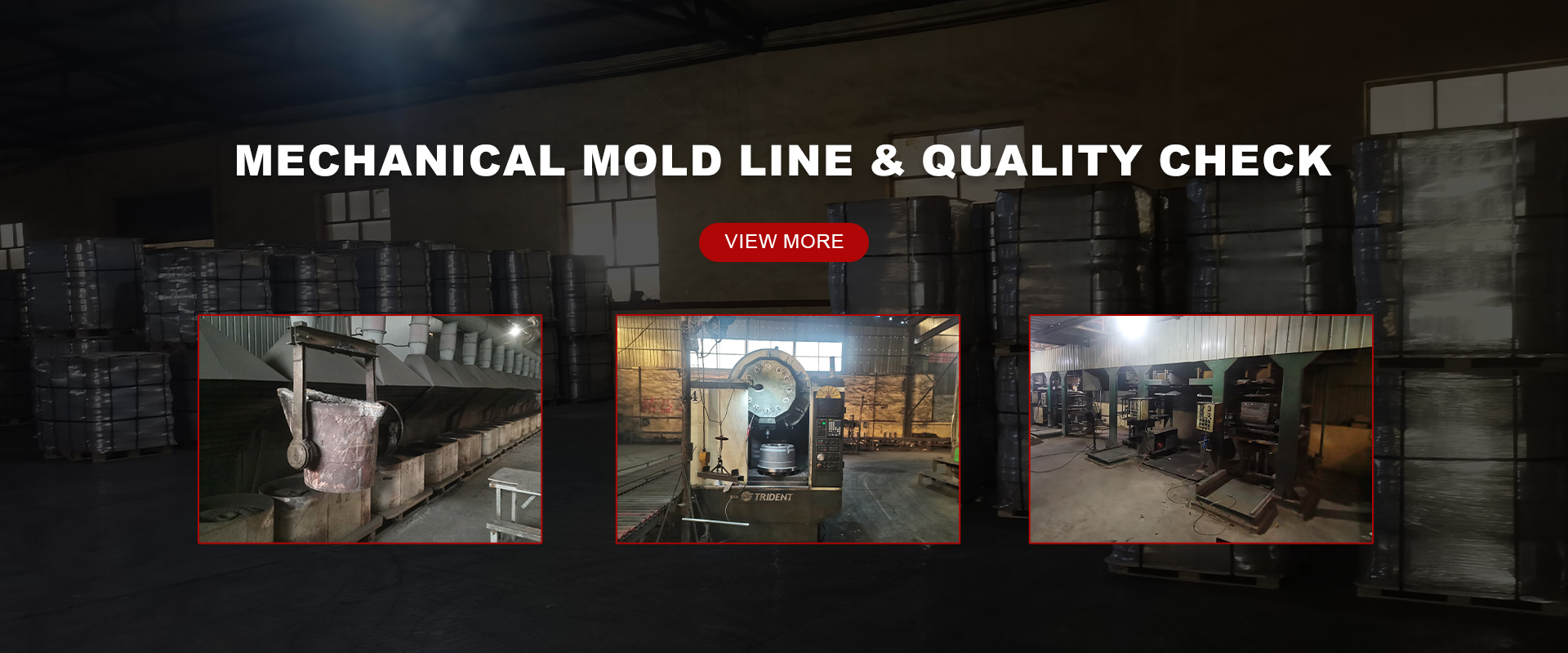Nov . 11, 2024 23:22 Back to list
which component keeps the linings close to the brake drum
Understanding the Components that Keep Brake Linings Close to the Brake Drum
In automotive engineering, safety is paramount, and one of the critical systems that ensure this safety is the braking system. A well-functioning brake system is essential for controlling a vehicle's speed and stopping power. One of the key components in traditional drum brake systems is the brake linings, which must maintain close contact with the brake drum to ensure optimal performance. This article will delve into the crucial components that keep the linings close to the brake drum and understand their roles in the overall braking process.
At the heart of the drum brake system are the brake shoes, which serve as the carriers for the brake linings. Each brake shoe is designed with a curved shape that matches the interior of the drum. The brake linings are attached to the shoes and are made from friction materials that create the necessary friction to effectively slow down or stop the vehicle. The configuration of the brake shoes is vital, as they must allow for the linings to press against the drum surface uniformly and consistently.
Another significant component is the adjuster mechanism. This mechanism is responsible for keeping the distance between the brake linings and the drum within an optimal range. As the brake linings wear down over time, the adjuster automatically compensates for this wear, ensuring that the linings always remain as close to the drum as possible. This automatic adjustment is crucial for maintaining optimal braking efficiency and preventing excessive pedal travel, which could lead to reduced stopping power or an unsafe driving situation.
which component keeps the linings close to the brake drum

Moreover, return springs play a critical role in this system. After the driver releases the brake pedal, these springs help pull the brake shoes away from the drum. This action not only ensures the vehicle can roll freely once the brakes are released but also prevents the linings from dragging against the drum, which could cause premature wear and overheating. The tension and quality of these springs are crucial for immediate brake response and overall longevity of the braking system.
In addition to these specific components, the brake drum itself is an integral part of this system. The surface of the drum is designed to provide a high-friction area for the brake linings. It must be manufactured to exact specifications to ensure that it can withstand the heat generated during braking and maintain the proper clearance for the brake shoes. Additionally, the condition of the brake drum is vital; a worn or damaged drum can affect the effectiveness of the linings and increase stopping distances.
Lastly, understanding the hydraulic or mechanical linkage that connects the brake pedal to the brake components is essential. This system transmits the driver's input effectively to engage the brake shoes and apply pressure to the linings, drawing them closer to the drum.
In conclusion, several components work together harmoniously to ensure that brake linings are kept close to the brake drum. Brake shoes provide the foundation for the linings, while adjusters, return springs, the drum itself, and the connecting linkage all play vital roles in the process. Understanding these components and their functions is crucial for maintaining an effective braking system, ensuring not only vehicle performance but also the safety of drivers and passengers on the road. Regular inspection and maintenance of these components can significantly enhance the reliability and efficiency of a vehicle's braking system.
-
ROR Web Development: Build Fast, Scalable, Secure Apps
NewsAug.17,2025
-
Scania Brake Drums: OEM Quality for Optimal Safety & Durability
NewsAug.16,2025
-
R.V.I: Advanced Remote Visual Inspection for Precision
NewsAug.15,2025
-
Discover HYUNDA: Innovative Vehicles, Equipment & Solutions
NewsAug.14,2025
-
R.V.I: Unlock Advanced Insights & Real-time Performance
NewsAug.13,2025
-
Kamaz Brake Drum: Durable & Reliable for Heavy Duty Trucks
NewsAug.12,2025
